The Memorandum of Agreement on the Assignment of Liaison Officers permits both countries to deploy military officers within each other’s forces
India and the US have signed two important defence agreements, showing increased American support for South Asia as China’s military presence grows. Defence Minister Rajnath Singh’s recent visit to the US resulted in two key defence pacts being signed—the Security of Supply Arrangement (SoSA) and a Memorandum of Agreement (MoA) on the Assignment of Liaison Officers.
The Memorandum of Agreement on the Assignment of Liaison Officers permits both countries to deploy military officers within each other’s forces. India will send an officer to the US Special Operations Command in Florida as part of the agreement.
According to Michael Rubin, a former Pentagon official, who spoke to South China Morning Post (SCMP), these agreements are a significant turning point, showing that the US is now backing up its words with concrete support for India. The next step to watch out for would be how the US expands on this agreement, indicating more cooperation in future. The first agreement is, usually, the most difficult to negotiate, but the second, third and fourth agreements are typically easier to reach.
Defence Cooperation Agreement Overview
The SoSA, a bilateral agreement that is not legally binding, requires both nations to give importance to providing assistance for defence-related products and services. The goal of the agreement is to guarantee access to essential industrial resources and address vulnerabilities in the supply chain that are crucial for national security. According to the US Department of Defense, India will receive guarantees through Washington’s Defense Priorities and Allocations System in exchange for Indian companies offering priority assistance to the US.
Rubin, a senior fellow at the American Enterprise Institute, at a discussion with the SCMP, emphasised India’s critical requirement for dependable alternatives to Russian military equipment, specifically in such areas as aircraft engines and missile systems. Speculating on whether advanced systems were included in the talks, he said America’s longstanding worries about India’s relationship with Russia were on the wane.
He stated that the lack of opposition from Congress regarding this agreement indicated a remarkable achievement by New Delhi in gaining consensus in Washington. This highlights the growing trust the US has in India, as the influence of the Pakistan lobby diminishes. By entering into these agreements, India becomes one of 18 elite SoSA partners, joining the ranks of Australia, Canada and Britain.
Richard Rossow, a senior adviser at the Washington-based Centre for Strategic and International Studies, spoke of how the agreement could impact ties. In conversation with SCMP, he mentioned that, in a scenario where either of our countries faced a critical situation or engaged in conflict with an opponent, the SoSA could speed up the supply of essential weapons and materials necessary for defence. This highlights the importance of the agreement in urgent situations.
The recent India-China clashes demonstrate how fragile peace in the region is. Although there were no shots fired, it highlights the ongoing tensions between the two countries. As China’s influence in South Asia increases, particularly in Pakistan and the Maldives, according to Rossow, India’s strong military and nuclear capabilities give it an advantage over its neighbour, Pakistan. This means the SoSA is less likely to be used in response to emergencies involving Pakistan.
US Strategic Memorandum of Agreement
India and the US have additional strategic agreements, such as the Logistics Exchange Memorandum of Agreement signed in 2016, and real-time intelligence sharing starting in 2018 through the Communications Compatibility and Security Agreement.
According to Rossow, when comparing the SoSA deals the US is involved in, there are no specific restrictions on the types of weapons India can acquire under this agreement. However, it does not automatically grant India access to more advanced weaponry than what would typically be approved. While other technology release regulations still apply, the agreement helps speed up the delivery of goods and services that have been contracted.
In 2019, India and the US made a notable advancement by signing the Industrial Security Annex. This agreement enables the sharing of classified US information with private Indian defence companies, marking a change from the previous limitations set by the 2002 General Security of Military Information Agreement.
Rossow believes India would not have strengthened its ties with the US without significant security compulsions. He mentioned that China is the only rival to India with greater military strength. Rossow added that the SOSA provisions are not likely to be activated unless there is a serious emergency, indicating that the agreement is influenced by concerns about China.
An Indian defence analyst, speaking to the SCMP on condition of anonymity, lauded the SoSA as a significant milestone. He said that, during the bilateral talks, Rajnath Singh and his US counterpart had agreed to advance several co-production projects in jet engines, unmanned platforms and munitions. He also pointed out the Reciprocal Defence Procurement Agreement (RDPA) as a potentially more impactful one. While the earlier deals concentrated on interoperability, both SoSA and RDPA would simplify defence trade, allowing private companies to more easily compete for each other’s contracts.
The RDPA will let US companies bypass the Trump-era ‘Buy American’ rule, allowing them to set up manufacturing in India and participate in joint defence projects. The US has RDPA agreements with 28 countries.
Defence expert Lt-Gen. (retd) Raj Shukla of the Indian Army sees the SoSA as an instrument to bolster the Indo-US defence ties, says the SCMP. It would become easier for both countries to buy military equipment through broader collaboration, he explained. Although the SoSA is not directly targeting China, Shukla noted that having a technologically advanced Indian military is in line with American interests. “It will help limit Chinese military growth and maintain a balanced power dynamic in Asia, rather than being dominated by one country,” he said.
![submenu-img]() Squid Game 'copied' Sanjay Dutt-starrer Luck, alleges director Soham Shah; Netflix shoots back: 'We intend to...'
Squid Game 'copied' Sanjay Dutt-starrer Luck, alleges director Soham Shah; Netflix shoots back: 'We intend to...'![submenu-img]() Maharashtra govt reschedules Eid-e-Milad holiday in Mumbai from Sept 16 to…
Maharashtra govt reschedules Eid-e-Milad holiday in Mumbai from Sept 16 to…![submenu-img]() 'Vinesh Phogat didn't want to...': Lawyer Harish Salve on wrestler's Paris Olympics medal saga
'Vinesh Phogat didn't want to...': Lawyer Harish Salve on wrestler's Paris Olympics medal saga![submenu-img]() PM Modi welcomes baby calf at his residence, names it 'Deepjyoti': Know what it means
PM Modi welcomes baby calf at his residence, names it 'Deepjyoti': Know what it means![submenu-img]() Longest railway station name in India has 57 letters, it is located in…
Longest railway station name in India has 57 letters, it is located in…![submenu-img]() Bengal में खत्म नहीं हुआ गतिरोध, Mamata Banerjee के साथ डॉक्टरों की मीटिंग फिर फेल
Bengal में खत्म नहीं हुआ गतिरोध, Mamata Banerjee के साथ डॉक्टरों की मीटिंग फिर फेल![submenu-img]() भरे मंच पर रोए Brij Bhushan, जानिए क्यों बोले- मोबाइल में प्रेमानंद महाराज का प्रवचन और नेहा राठौड़ का गाना भी, चुनना आपको है
भरे मंच पर रोए Brij Bhushan, जानिए क्यों बोले- मोबाइल में प्रेमानंद महाराज का प्रवचन और नेहा राठौड़ का गाना भी, चुनना आपको है![submenu-img]() दिल्ली शूटआउट मामले में 5 आरोपी गिरफ्तार, 10 दिन की पुलिस हिरासत में खुलेंगे कई राज
दिल्ली शूटआउट मामले में 5 आरोपी गिरफ्तार, 10 दिन की पुलिस हिरासत में खुलेंगे कई राज![submenu-img]() भारतीय टीम में कौन है सबसे फिट? जसप्रीत बुमराह ने विराट कोहली का नहीं लिया नाम तो सोशल मीडिया पर मचा बवाल
भारतीय टीम में कौन है सबसे फिट? जसप्रीत बुमराह ने विराट कोहली का नहीं लिया नाम तो सोशल मीडिया पर मचा बवाल![submenu-img]() Albert Einstein Letter Auction: 32 करोड़ रुपये में नीलाम हुआ आइंस्टीन का लेटर, जानें क्या है पूरा माजरा
Albert Einstein Letter Auction: 32 करोड़ रुपये में नीलाम हुआ आइंस्टीन का लेटर, जानें क्या है पूरा माजरा![submenu-img]() Ford to return to India after 2 years with reopening of....
Ford to return to India after 2 years with reopening of....![submenu-img]() Maruti Suzuki launches new Swift CNG, check price, mileage, other features
Maruti Suzuki launches new Swift CNG, check price, mileage, other features![submenu-img]() ‘30 LPA, 3BHK, no in-laws’: Woman earning Rs 1.32 lakh salary lists demands for future husband, netizens say...
‘30 LPA, 3BHK, no in-laws’: Woman earning Rs 1.32 lakh salary lists demands for future husband, netizens say...![submenu-img]() In a big EV push, Centre launches Rs 10900 crore PM E-Drive scheme to replace…
In a big EV push, Centre launches Rs 10900 crore PM E-Drive scheme to replace…![submenu-img]() World’s longest car has helipad, swimming pool, mini-golf course, can seat over…; it cost…
World’s longest car has helipad, swimming pool, mini-golf course, can seat over…; it cost…![submenu-img]() NEET SS 2024: Tentative schedule out, exam likely on...
NEET SS 2024: Tentative schedule out, exam likely on...![submenu-img]() Meet man, popular online tutor who cracked UPSC in 1st attempt, resigned as IAS officer after 1 year due to…
Meet man, popular online tutor who cracked UPSC in 1st attempt, resigned as IAS officer after 1 year due to…![submenu-img]() Meet man, who worked as coolie, later cracked UPSC exam to become IAS officer, he was killed by...
Meet man, who worked as coolie, later cracked UPSC exam to become IAS officer, he was killed by...![submenu-img]() Meet IIT-JEE topper with AIR 1, went to IIT Bombay, got job with Rs 70 lakh salary, left it for...
Meet IIT-JEE topper with AIR 1, went to IIT Bombay, got job with Rs 70 lakh salary, left it for...![submenu-img]() Meet man, who lost father at 5, grew up in orphanage, didn't crack UPSC exam but became IAS officer, is posted at..
Meet man, who lost father at 5, grew up in orphanage, didn't crack UPSC exam but became IAS officer, is posted at..![submenu-img]() Jaishankar: EAM Dr. S. Jaishankar On India-China Relations & Disengagement Problems | Ladakh
Jaishankar: EAM Dr. S. Jaishankar On India-China Relations & Disengagement Problems | Ladakh![submenu-img]() Trump vs Harris: Donald Trump Says He Will Not Debate Kamala Harris Again | US Presidential Debate
Trump vs Harris: Donald Trump Says He Will Not Debate Kamala Harris Again | US Presidential Debate![submenu-img]() Delhi Gym News: Afghan-Origin Gym Owner Shot Dead In Delhi | Caught On CCTV
Delhi Gym News: Afghan-Origin Gym Owner Shot Dead In Delhi | Caught On CCTV![submenu-img]() Malaika Arora Father Death: Anil Mehta's Final Words To His Daughter Malaika Arora
Malaika Arora Father Death: Anil Mehta's Final Words To His Daughter Malaika Arora![submenu-img]() Chandigarh Blast: Grenade Explosion In Sector 10; Auto Driver Arrested, Investigation Ongoing
Chandigarh Blast: Grenade Explosion In Sector 10; Auto Driver Arrested, Investigation Ongoing![submenu-img]() Meta CEO Mark Zuckerberg reveals biggest mistake of his career, claims it is...
Meta CEO Mark Zuckerberg reveals biggest mistake of his career, claims it is...![submenu-img]() Meet Indian man, who left his job in US, started business from Rs 40000, now leads company worth Rs 18765 crore, he is..
Meet Indian man, who left his job in US, started business from Rs 40000, now leads company worth Rs 18765 crore, he is..![submenu-img]() Meet man, a billionaire, who hosts Kim Kardashian, Leonardo DiCaprio, Katy Perry on his superyacht for...
Meet man, a billionaire, who hosts Kim Kardashian, Leonardo DiCaprio, Katy Perry on his superyacht for...![submenu-img]() Meet Indian-born engineer behind Amazon's Alexa, now among TIME100 most influential people in AI 2024 list, he is...
Meet Indian-born engineer behind Amazon's Alexa, now among TIME100 most influential people in AI 2024 list, he is...![submenu-img]() Meet Indian genius, went to IIT, studied with Shah Rukh Khan, tragically lost his life due to...
Meet Indian genius, went to IIT, studied with Shah Rukh Khan, tragically lost his life due to...![submenu-img]() Bollywood's highest-paid bodyguards earn in crores each year; here's how much Salman, SRK pay their trusted protectors
Bollywood's highest-paid bodyguards earn in crores each year; here's how much Salman, SRK pay their trusted protectors![submenu-img]() 6 most haunted places in the world
6 most haunted places in the world![submenu-img]() Good news for Reliance Jio users: Mukesh Ambani offers 5 best Jio plans under Rs 300 with unlimited...
Good news for Reliance Jio users: Mukesh Ambani offers 5 best Jio plans under Rs 300 with unlimited...![submenu-img]() This Bollywood outsider sang at weddings, in trains, was rejected from TV shows; now gives Rs 100-crore blockbusters
This Bollywood outsider sang at weddings, in trains, was rejected from TV shows; now gives Rs 100-crore blockbusters ![submenu-img]() In pics: Priyanka Chopra dons sizzling bikinis, enjoys yacht time with Nick Jonas, Malti Marie on European vacation
In pics: Priyanka Chopra dons sizzling bikinis, enjoys yacht time with Nick Jonas, Malti Marie on European vacation![submenu-img]() Maharashtra govt reschedules Eid-e-Milad holiday in Mumbai from Sept 16 to…
Maharashtra govt reschedules Eid-e-Milad holiday in Mumbai from Sept 16 to…![submenu-img]() Lucknow: Section 163 imposed in UP capital till this date, reason is...
Lucknow: Section 163 imposed in UP capital till this date, reason is...![submenu-img]() Ayushman Bharat health insurance for senior citizens: Eligibility, benefits, how to apply
Ayushman Bharat health insurance for senior citizens: Eligibility, benefits, how to apply![submenu-img]() Picture of Lord Ganesha’s idol in police van sparks row in Bengaluru: Here's what we know so far
Picture of Lord Ganesha’s idol in police van sparks row in Bengaluru: Here's what we know so far![submenu-img]() Delhi records year's cleanest air quality as AQI drops to...
Delhi records year's cleanest air quality as AQI drops to...










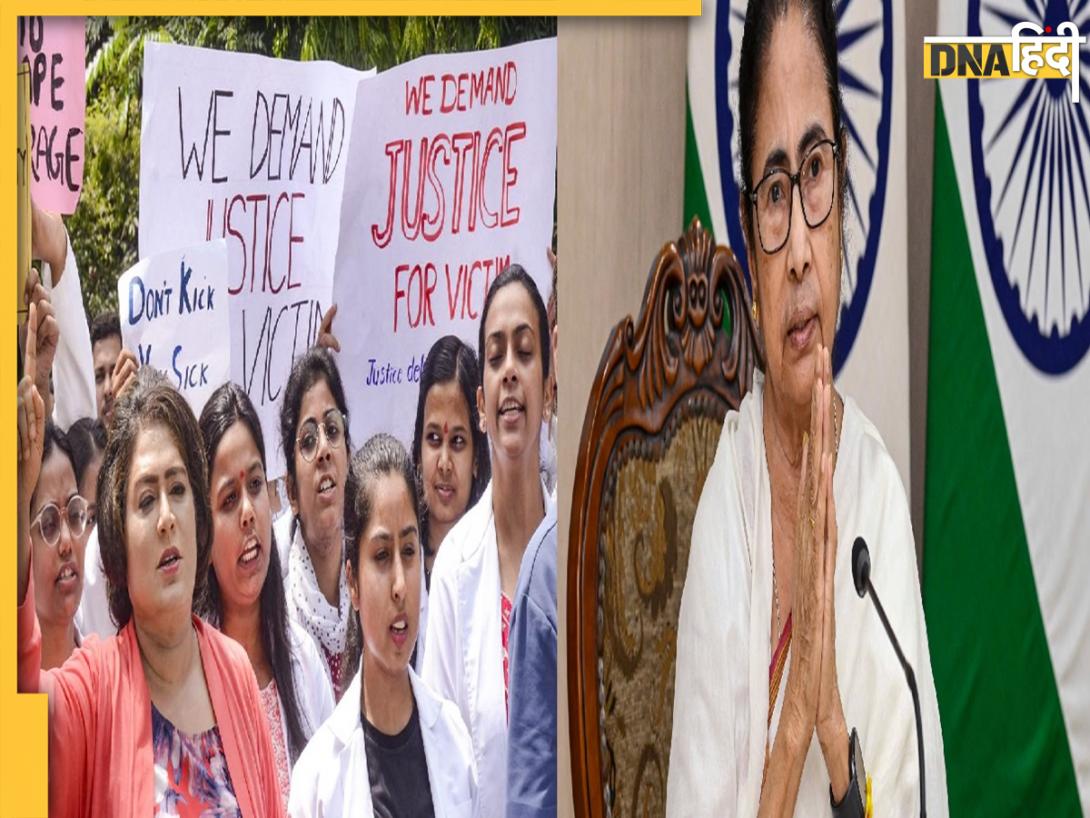

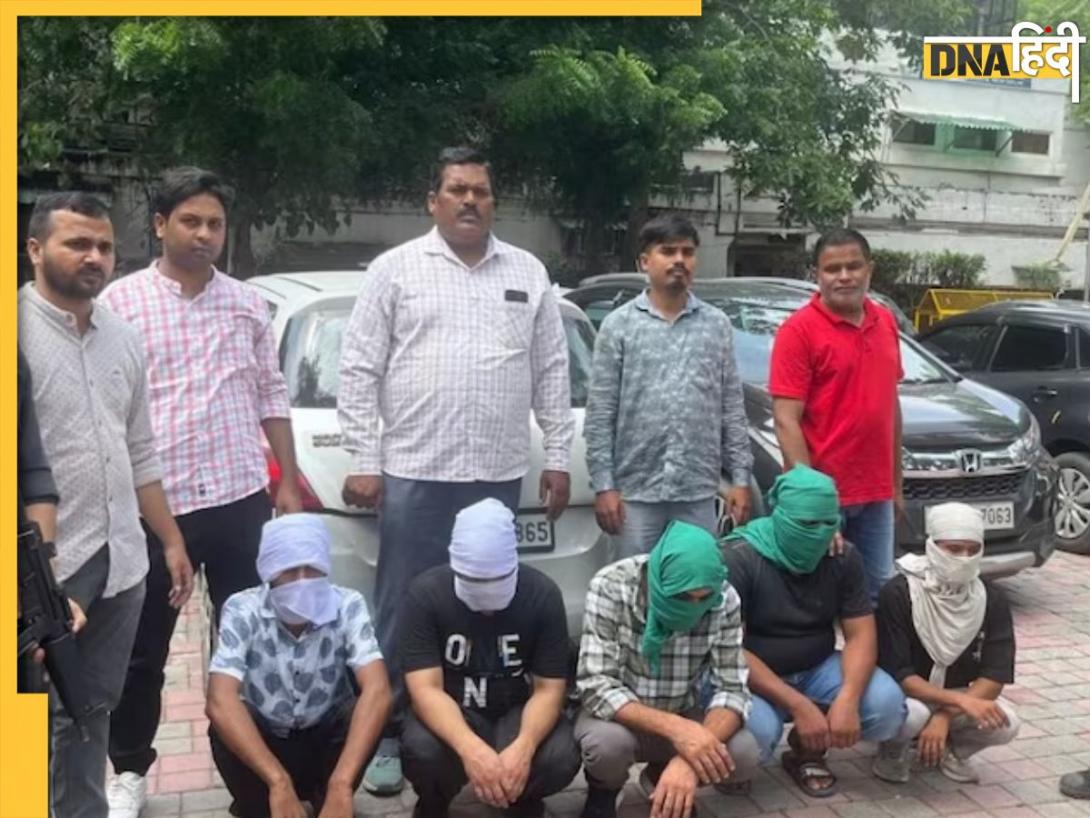

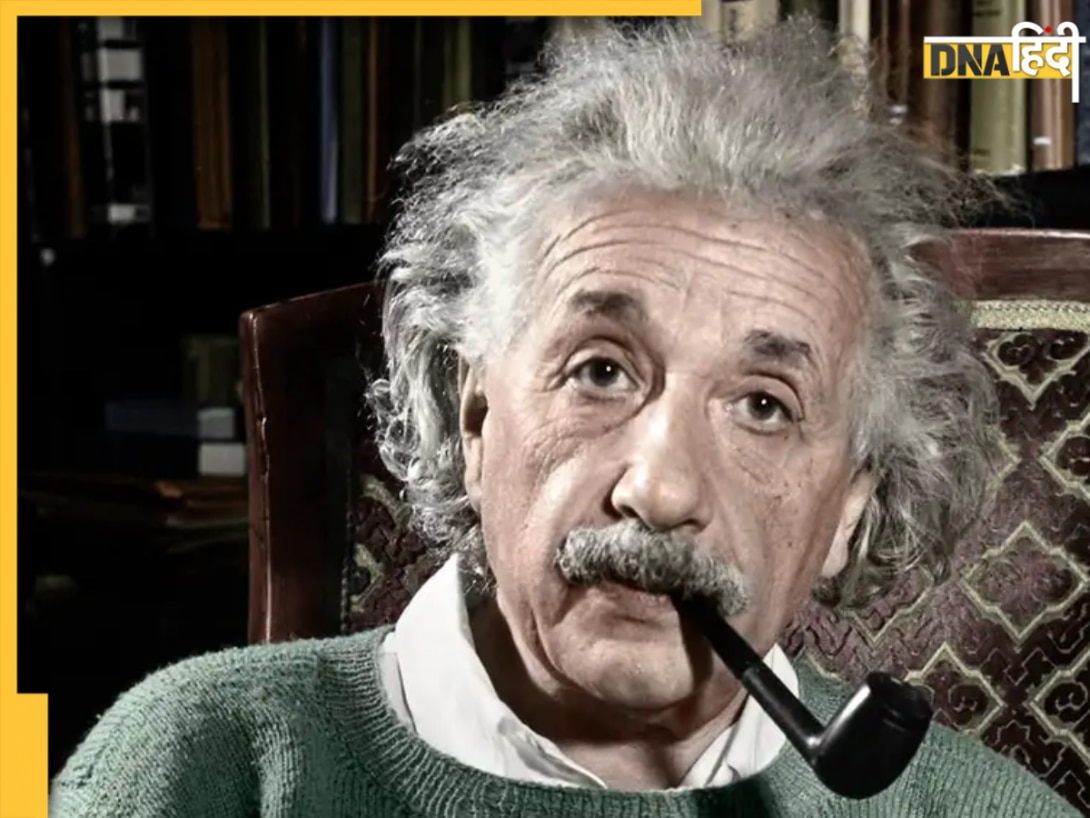






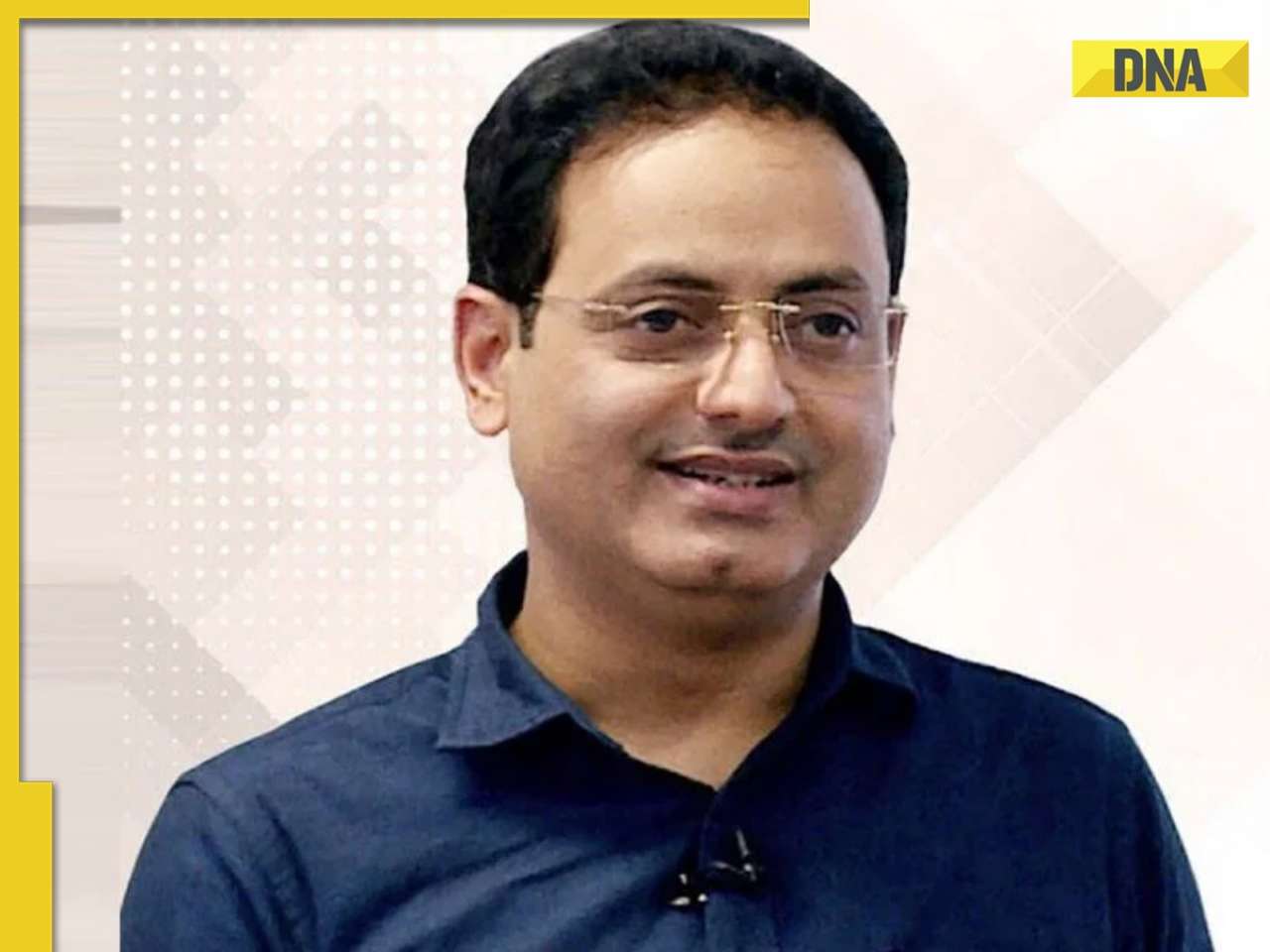
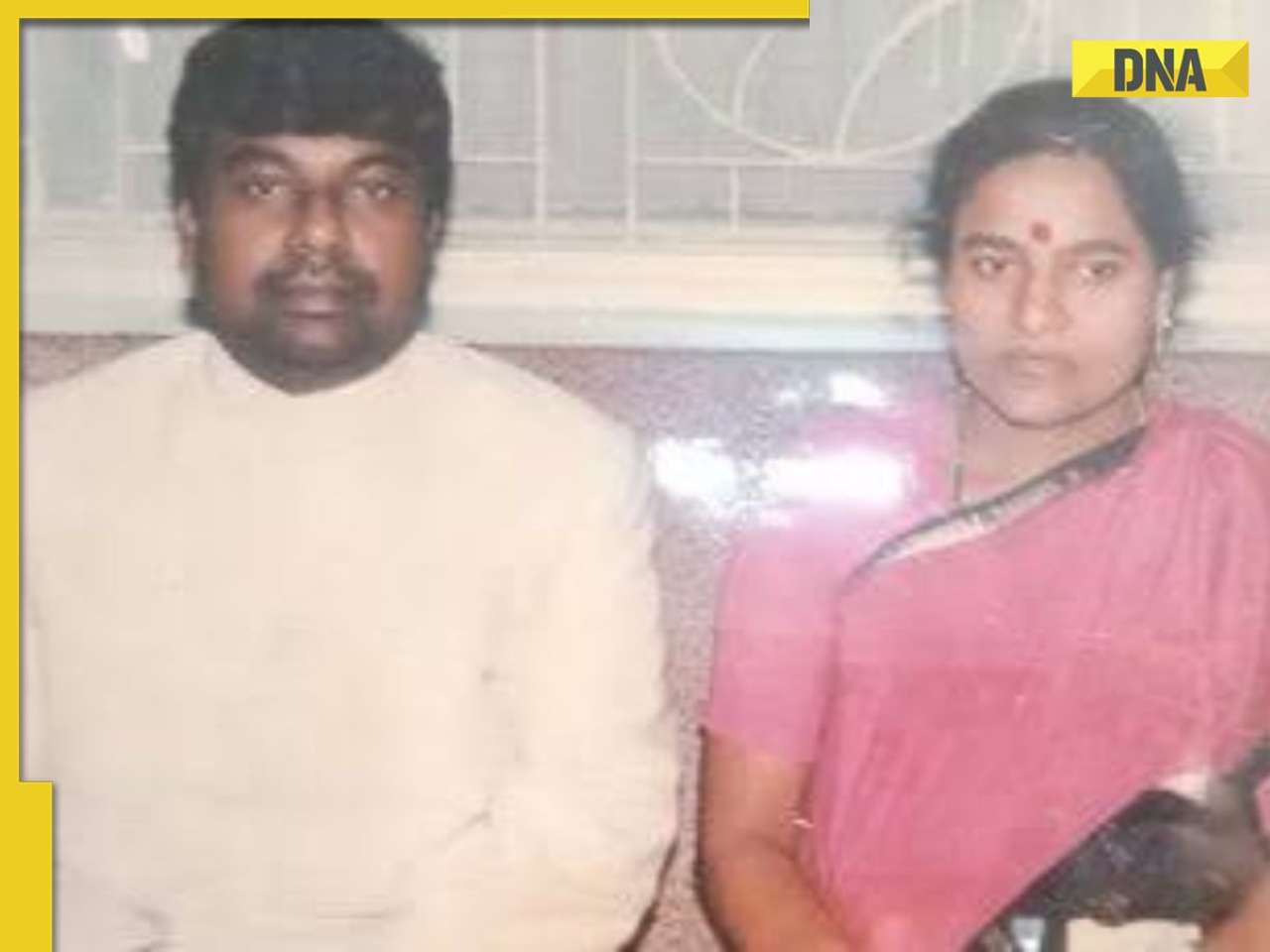







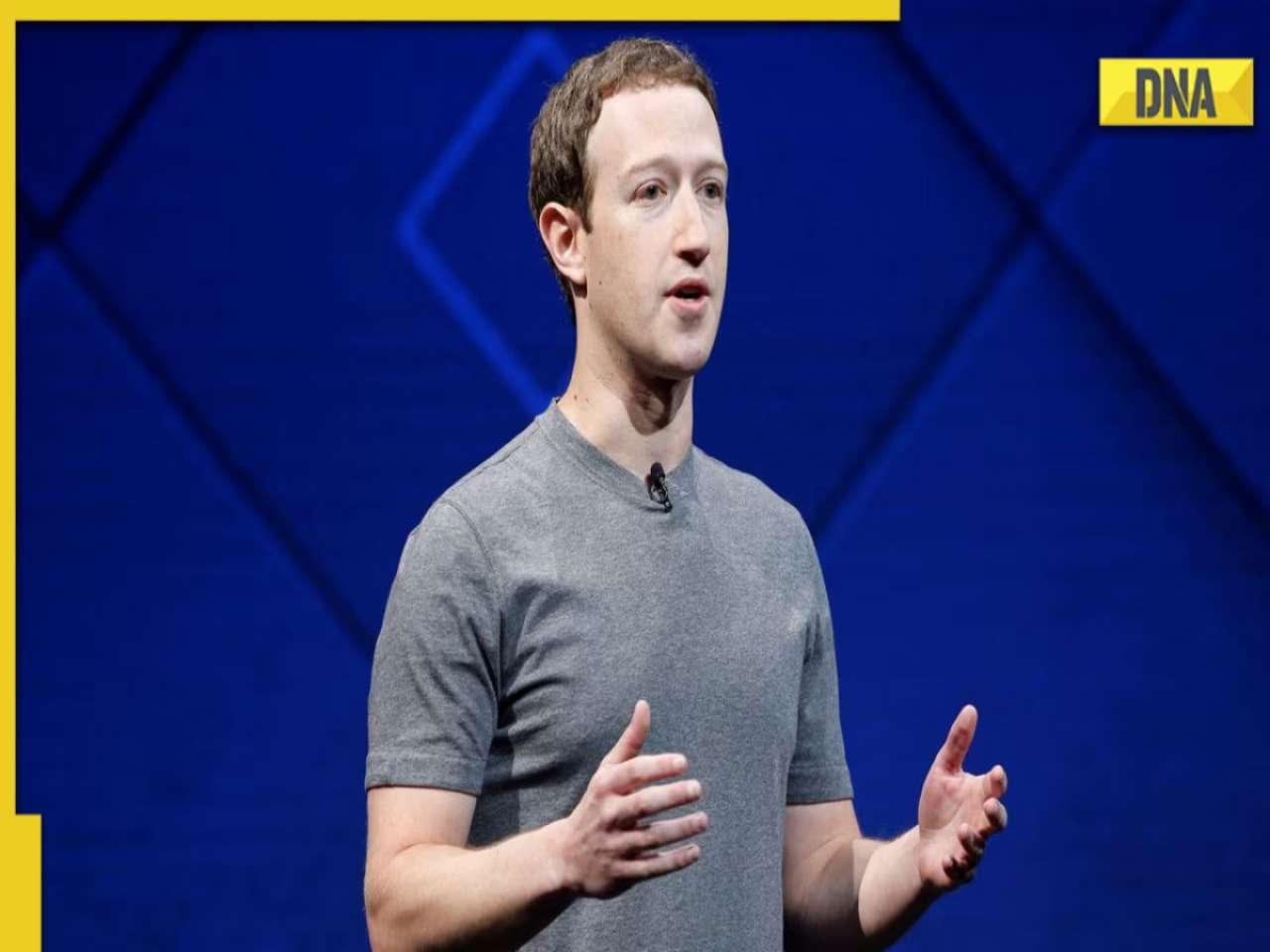











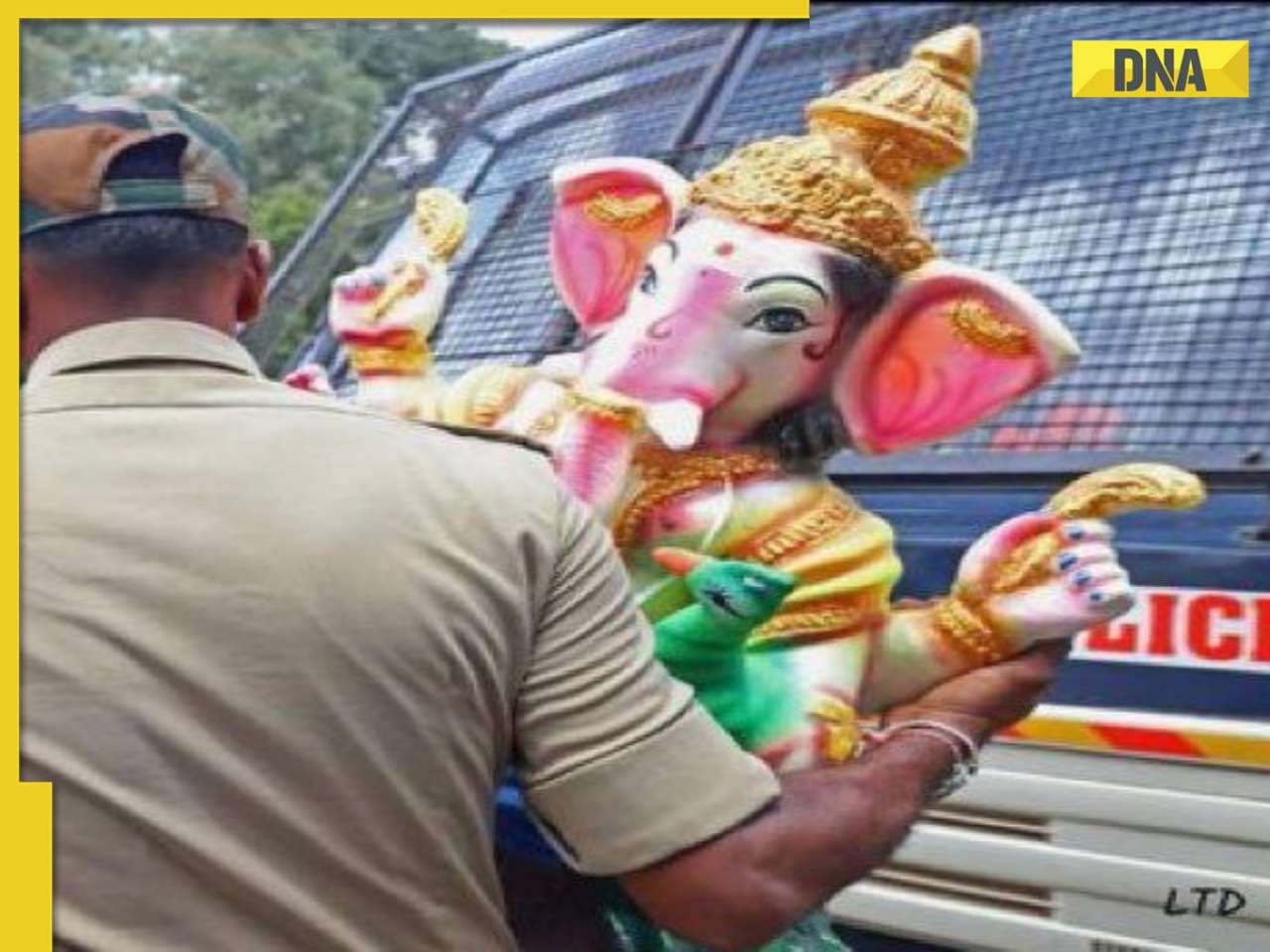


)
)
)
)
)
)
)
)
)
)
)
)
)
)
)





)
)
)
)
)
)